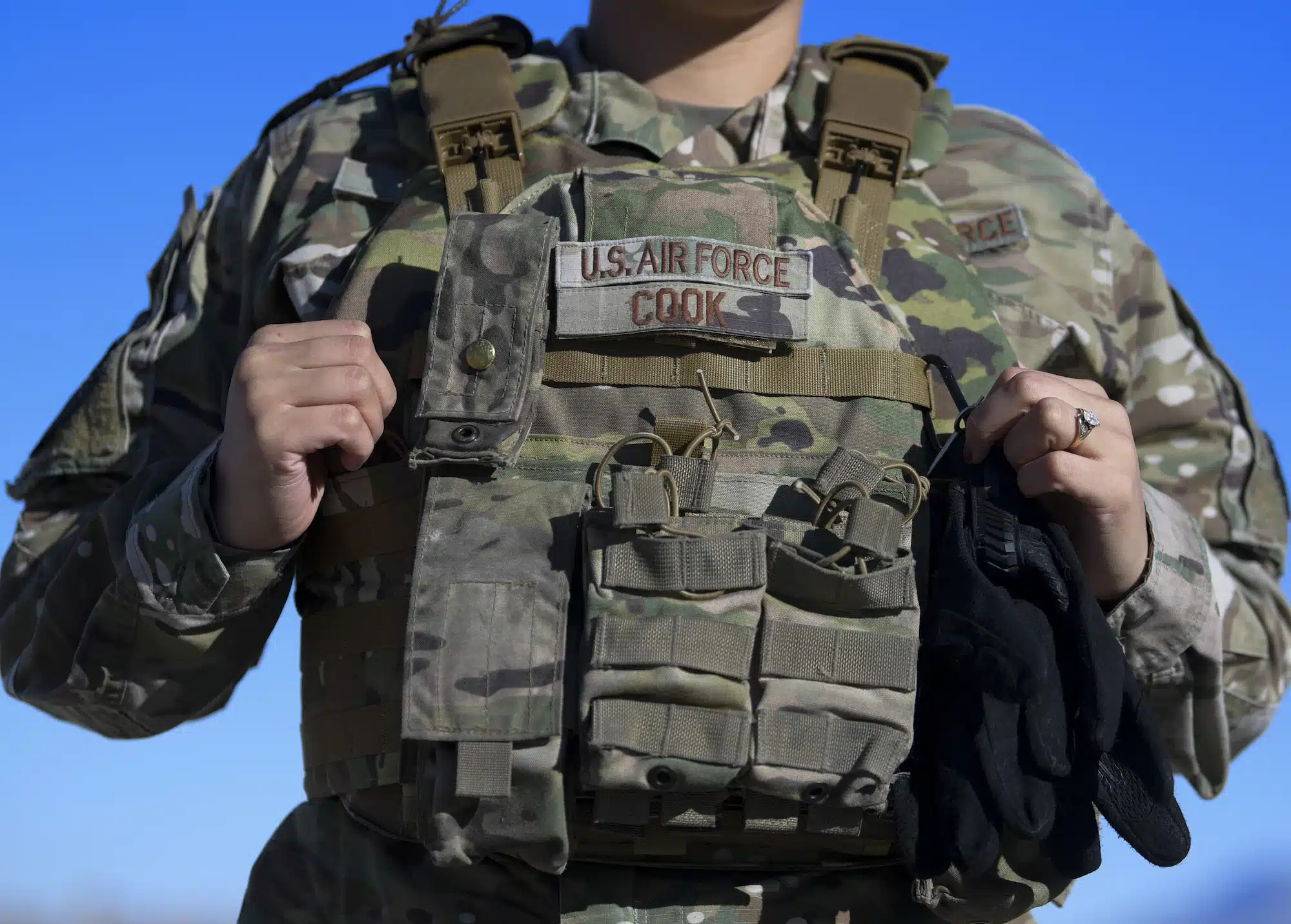
If you are a complete newbie and only starting to explore the world of firearms and bulletproof vests, this article is for you. Here, we explain in layman’s terms what body armor plates are, and how to choose armor plates without studying specifications for hours.
What are armor plates?
Armor plates can be flat, curved, or come in a multi-curve configuration.
Types of body armor plates
Each armor plate type must be tested to a specific protection level. Protection levels are standard, designed, and tested by NIJ, the National Institute of Justice. Put this simply, a certain protection level guarantees that the armor plate of this type can withstand a shot from specific firearms.
Currently, the following protection levels are standardized by NIJ:
- Level II – means the armor plate was tested to stop 9mm and .357 Magnum ammunition shot from a pistol.
- Level IIIA – means the armor plate was tested to stop .357 SIG and .44 Magnum ammunition fired from longer barrel handguns.
- Level III – the armor plate was tested to stop 7.62mm FMJ and threats of lesser levels.
- Level IV – means the armor plate was tested to withstand .30 cal shots fired from a rifle.
You may also hear about soft and hard armors. Level II and IIIA are soft armor plates, while level III and level IV are considered hard armor.
Ballistic plates materials
Armor plates are made from different materials. The most common options are:
- Steel – hard, durable, affordable. Metallic plates are hard, so they can stop softer bullets by deforming them and redistributing the energy of the hit all over the plate. Despite their somewhat higher weight, AR500 or AR550 steel armor plates are still a preferable choice by novices.
- Ceramic – extra protection, low durability, costly. Ceramic armor can stop even armor-piercing rounds or sniper rifle shots, but are fragile and cannot withstand consecutive shots as effectively. They also are rather expensive.
- Soft materials – lightweight, comfortable, moderate protection. This type of body armor plate materials includes various synthetic fibers, ultra-high molecular weight polyethylene, and various combination of soft and hard materials. Typically, soft plates cannot offer protection from large calibers or high-velocity bullets but otherwise are recommended.
Body armor plate shapes
Aside from material and protection level, there is also shape. The plate itself can be cut differently, and the shape has a strong effect on the mobility and comfort of a body armor wearer. The following shapes are the most common:
- Full cut. The plate has a rectangular shape. Offers maximum protection due to better coverage.
- Shooters cut. The plate has cut angles at the top. This allows for better arm freedom and therefore easier aiming. The cost is reduced protection or armpits and side protection.
- Swimmer cut. The plate has aggressively clipped angles on one or both sides. This offers even more mobility to arms and shoulders, and (if the bottom angles are clipped too) for legs. Protection of the chest is reduced.
How to choose an armor plate?
Based on what we said above, here are several rules of thumb when selecting an armor plate for your bullet-resistant tactical vest.
- Consider the potential threat level. Obviously, you shouldn’t choose too light or too hard armor, but exactly the armor to protect you from the expected threat. If you are not a military or a law enforcement officer, Type IIIA armor is what you need.
- Make sure to take into account desired mobility. Some activities require more freedom than others. Select plate shape accordingly. SAPI cut is the default shape if you don’t know what to stop on.
- Concealed wearing requires soft armor. If you intend to wear body armor under your shirt, you should pick the lightest models among the soft armor available.
- Comfort does matter. There are curved armor plate shapes for better comfort. You can even select two-directional curved plates. Make sure the plates do not hinder your movement if you plan to move a lot in the armor and see if it causes even the slightest discomfort if you will be wearing it all day long.
Conclusion
It is impossible to cover all the details of choosing armor plates in one article. If you are a beginner, you can use our rules of thumb to limit the scope of available armor models to those that are appropriate to you. Then, contact our specialists for detailed suggestions and advice.
ATTENTION READERS
We See The World From All Sides and Want YOU To Be Fully InformedIn fact, intentional disinformation is a disgraceful scourge in media today. So to assuage any possible errant incorrect information posted herein, we strongly encourage you to seek corroboration from other non-VT sources before forming an educated opinion.
About VT - Policies & Disclosures - Comment Policy



